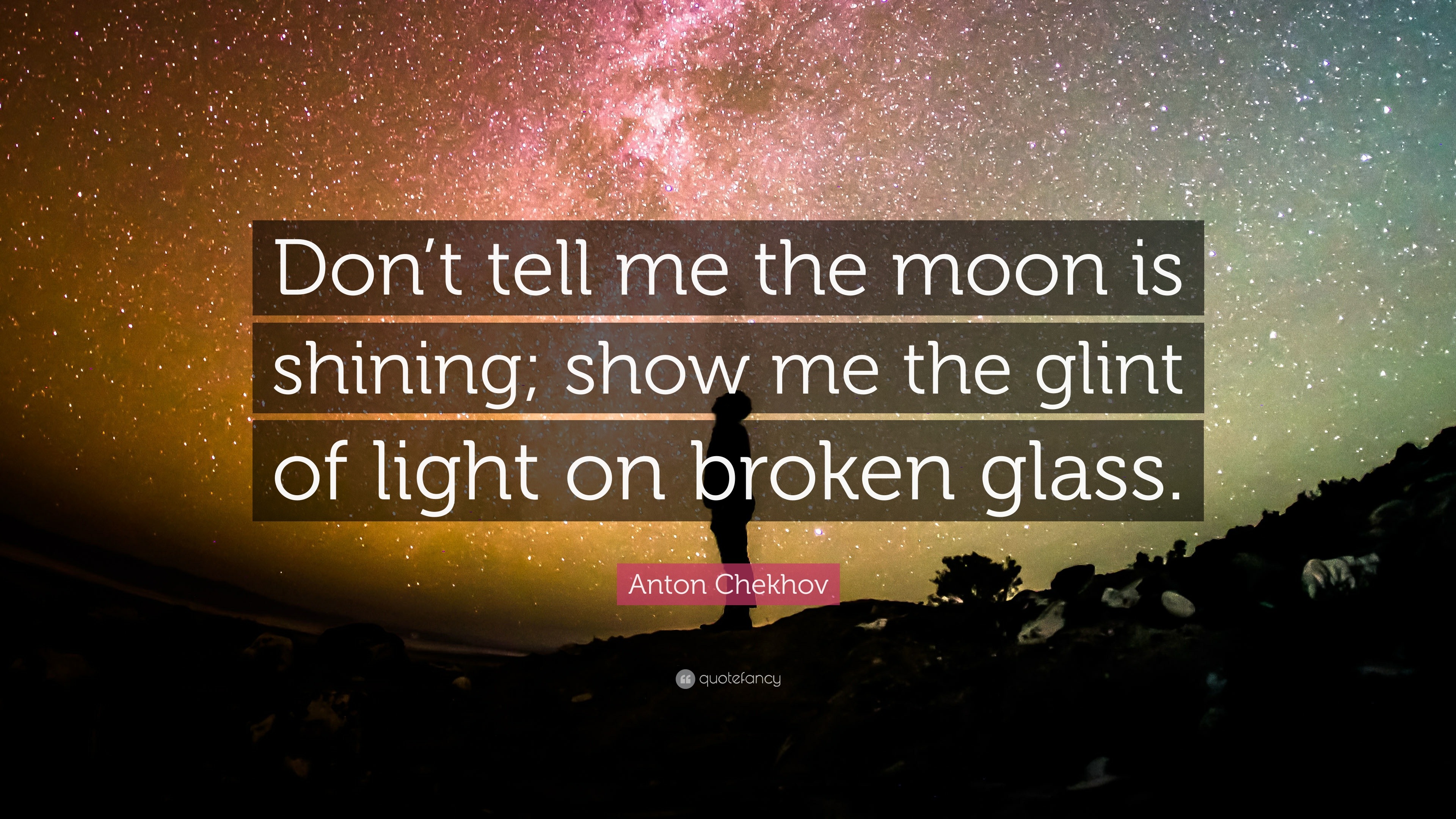The Dilemma of Showing vs. Telling
 |
| Photo made by onefictionalauthor on canva.com |
What makes showing so powerful? Why not just use the word "cold," or "tired," or "angry" when you're describing someone or something?
Well, it all comes down to how you want your audience to read your work. Let's get into some of the reasons that we have come to rely on the proverb "show, don't tell," and what it means for us as writers.
 |
| Photo from quotefancy.com |
On the surface, it's pretty self-explanatory. Showing is using descriptive words and prose to help the reader empathize with the story. Telling is simply relaying to the reader the process of events.
Don't tell me a character is cold. Show me their runny nose, their mitten-covered hands shoved deep into their pockets, the collar of their coat turned up high. Show me the snow in the wind and the creaking of the bare trees.
Don't tell me someone is angry. Show me their quickened heart rate and their balled fists. Show me the destructive rage of a betrayed man or the quiet resentment of an abandoned love.
Basically, showing brings the reader into the story, makes them feel more deeply. It adds complexity; everyone gets angry, but they all show that anger differently. Showing helps your characters come alive as people rather than a one-dimensional shadow.
 |
| Photo from enchantedmarketing.com |
There are plenty of ways to show more in your writing:
- Use strong verbs: Using strong verbs makes your writing come alive. Check out this article that explains why verbs are important, and lists some strong verbs that helps with writing.
- Be specific and precise: There are so many words out there; make sure you choose the right word for your action. If a character is eating, are they gnawing on a piece of meat or taking dainty bites? But be careful -- too much showing can lead to a hard read.
- Avoid adverbs: Okay, yes. "The road to hell is paved with adverbs." It's overpaid because it's true. Adverbs are the biggest contributors to showing in a story. Sometimes they're needed, but as a general rule, avoid them when you can. Here's an in-depth breakdown of when adverbs are good to use: https://www.autocrit.com/editing/support/adverbs-in-dialogue/
This is my most frequently used advice on how to add more showing into your story. Yes, there are exceptions to the rule, but if you want to be a writer who shows and doesn't tell, this is a good place o start.
Is telling ever okay?
In a word? Yes.
Most often, the best way to relay internal conflict and narrative is to tell the reader what is happening. Showing relies on action; there is rarely action in internal thoughts. Telling feelings is good. It helps to keep your story from becoming heavy.
Sometimes, simple is better. Emma Darwin, author if the "This Itch of Writing" blog, makes the claim that showing isn't always the problem. She makes not that "show, don't tell" doesn't mean get rid of telling, and I agree.
Here's an example: "Her pulse was racing, and she couldn't seem to stop shaking. The anticipation was almost too much; she was finally going to see him again."
What feeling is that? Fear? Excitement? Anger?
Now try this: "She was excited. She was finally going to see him again, after all these years."
Then, if you want, throw in some showing. But sometimes, a simple statement that precedes the rest is better; it keeps you from having a book full of wordy and lengthy prose. Remember: simple doesn't equal bad.
Hemingway taught me that.
 |
| Photo from standoutbooks.com |
So what's the truth?
Honestly? Yeah, "show, don't tell" is solid writing advice. It allows the reader to become fully invested in a story, and makes them an active participant in reading. It helps to make a connection, and is just more fun to read in general.
You can utilize telling as well. I know that a lot of people think that "telling" shows a lack of trust between the author and the reader. If it's overused, yeah, it does. You want to trust in yourself and in your audience that your point will be clear. It's all about balance.
I could go on for hours and hours about rules and "do this, do that." I could provide hundreds of sources all arguing different points. But really, it's up to you.
Trust yourself as a writer and you'll know when to show and when to tell.


Comments
Post a Comment